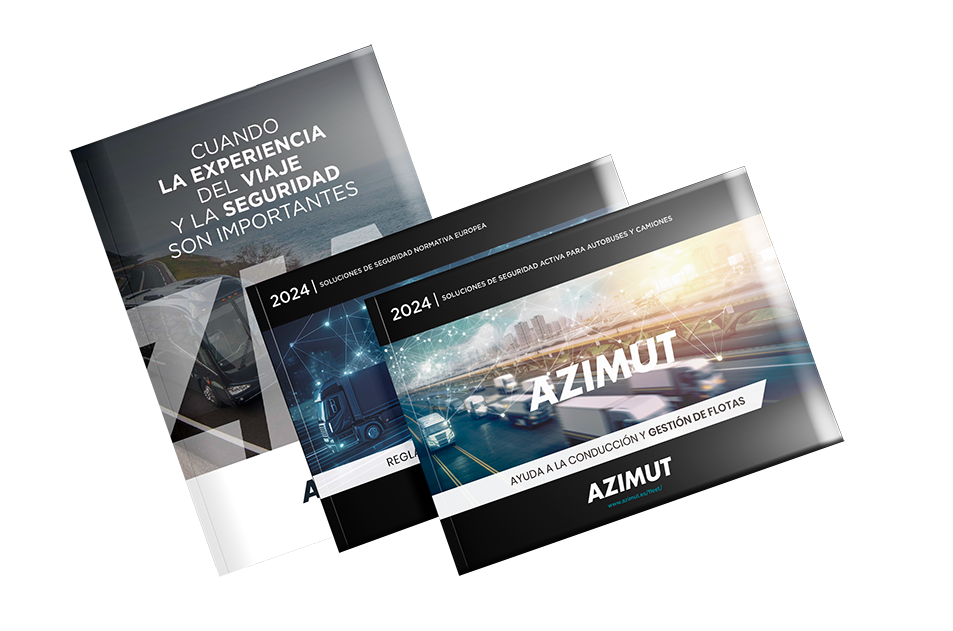Public diffusion of films and DRM and digital files
The public exhibition of films on coaches and buses is a complex issue and there is currently a need to integrate a DRM (Digital Rights Management) system into this type of vehicles.
Undoubtedly, if you have entertainment systems onboard or you are planning to install them, it is a matter you should be well read on.
Content Life Cycle
There are five major studios that make up the majority of global film production, well, four now that Disney has acquired Fox. The other three film giants are Warner Bros. Studios, Sony Pictures and UIP (United International Pictures).
The content produced by these companies has a life cycle that usually starts in cinemas and then moves on to other platforms such as video, television on demand, public television, and through non-theatrical mediums, such as diffusion in mobile environments.
For these studios, it is important to ensure success in each stage, which is why protecting the files is of high importance and how DRM systems arise.
Content Protection – Digital Rights Management Systems
The DRM systems are a type of security software that work by protecting the content at the source with encryption techniques to avoid fraudulent manipulation and hacking while still allowing its reproduction at the desired destinations. Therefore, any system that manages audio-visual content must have a DRM software incorporated as well as a certification from the studios.
Tailored solutions would be madness, as they would each have to be certified individually, so the studios have decided to delegate the technological standards to large software manufacturers that have developed products that can integrate different content management platforms.
Some of these few manufacturers include Google, Microsoft, Apple, and Marlin. The products are either integrated into the content platforms or accessed to manage the security in an externalised manner.
Protection and Income Generation
Business-wise, protecting the content is key for generating revenue in each stage of its life cycle. This revenue is generated by either direct sales, or by distribution.
Direct sales are obtained when the delivered file is distributed to the theatrical market through cinemas, streaming, or the TV market, or when it is distributed to the residential market, in video, DVD, or Blue Ray. In this case the studios benefit from the success of the sales.
An exhibition license is a permission bought by the exhibitor that is needed to benefit off the content generated by the studios.
The copy of the content or the digital file, is delivered through an approved digital laboratory, an additional but necessary cost within content management.
These concepts may seem confusing, but simply put, paying for an exhibition license, buying the digital file, and even providing the content system with studio-certified technology is necessary for any sort of legal distribution.
Non-theatrical sales or intellectual property revenue are sales managed by certain companies the studios have delegated that task to.
At Azimut, we have agreements with the main, and largest, players in film. Our portfolio includes MPLC (Motion Pictures Licensing Company) in general, Filmbank worldwide, as well as other companies when needed.
Protection and Legality
Almost all countries have intellectual property laws protecting the owners of digital rights against piracy and non-consensual reproduction. In addition to that, European directives are becoming stricter with time.
If a VOD platform lacks a DRM system, it will not be authorised by the studios for content reproduction and therefore will not be able to receive a licence for exhibition. Therefore, if a transport operator plays content they are not licensed to be showing, the transport operator will be incurring a crime that will carry a penalty to be assessed according to each legislation (And I should remind you that the transport operators are the only ones responsible of this act)
Azimut Ensures you Comply with the Law
At Azimut, we have decided to become an integrator of Google’s DRM Widevine technology. This means that we are experts in this technology and evolve with it. We are not associated with an external model of payment per use, making costs minimal for our clients, and we are aligned with a vision of greater compatibility for the future with leading companies in the industry like YouTube or NETFLIX. We manage the content in a multiclient environment that allows us to act as a purchasing centre and optimizing the process.
Finally, it should be noted that our streaming system is DRM certified for all its contents by all five major studios, well now all four.

